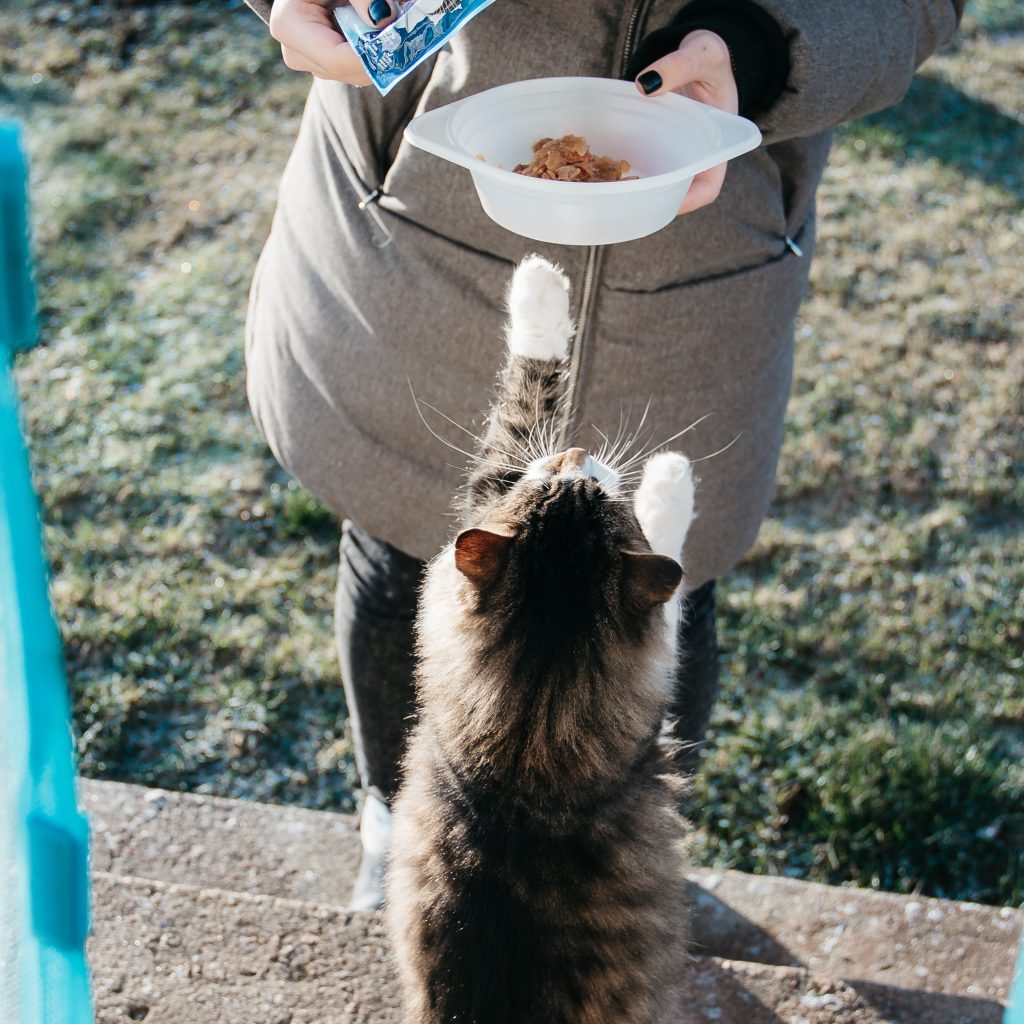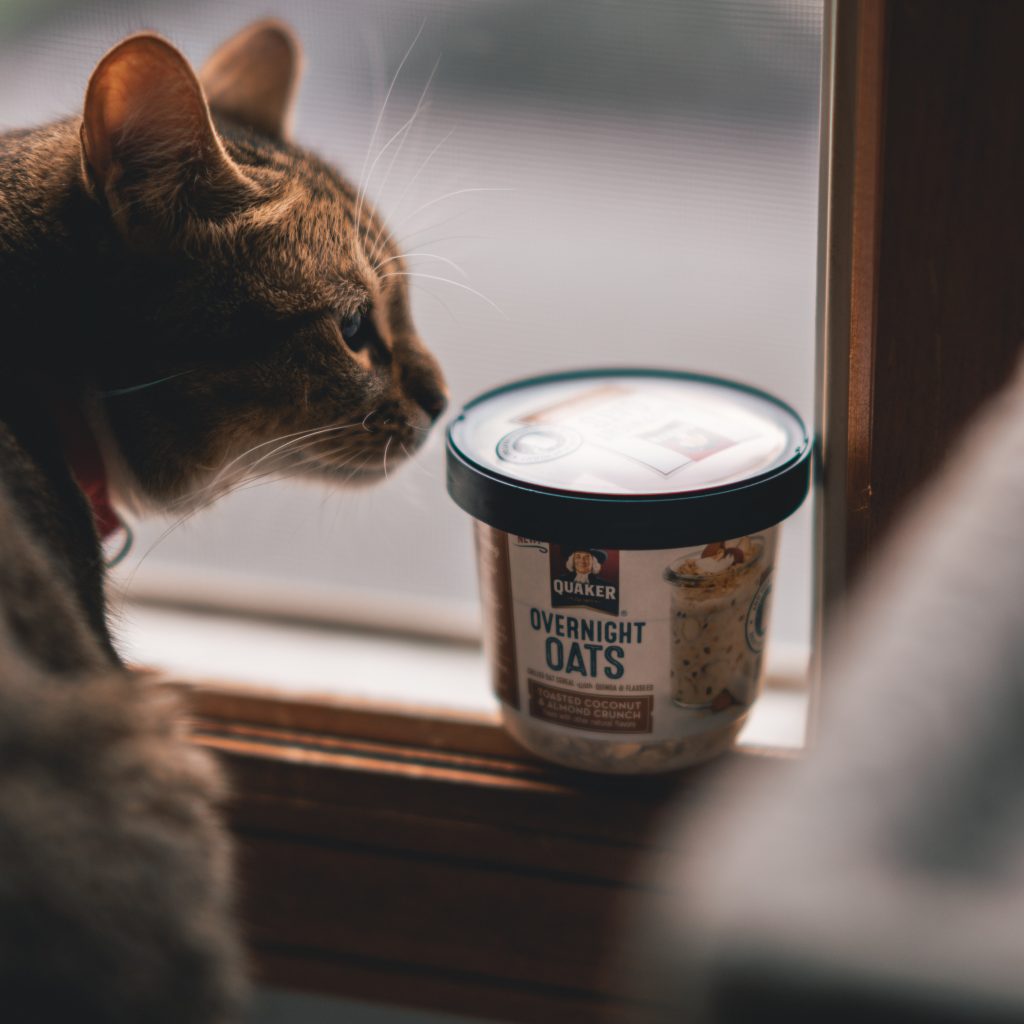As a pet owner, it’s essential to provide your furry friend with a well-balanced diet that meets their nutritional needs. However, treats are an integral part of pet care, as they are not only a source of enjoyment but also serve as a tool for training and bonding. But, not all treats are created equal, and it’s crucial to understand the risks associated with store-bought treats. Many of these treats are filled with preservatives, artificial flavors, and colors, which can cause health issues in pets, such as obesity and digestive problems.
That’s where homemade treats come in, providing a healthy and delicious alternative to store-bought treats. By making treats at home, you can control the quality of ingredients, ensure freshness, and customize treats to meet your pet’s specific dietary needs. Homemade treats can also be a fun activity to share with your pet, further strengthening your bond.
Therefore, in this blog post, we will discuss the importance of healthy treats for pets and the benefits of making homemade treats. We will also explore the risks of store-bought treats, emphasizing the need to be cautious when choosing treats for your pet.

Benefits of Homemade Treats
Making homemade treats for your pet comes with a multitude of benefits. Firstly, you have control over the ingredients, ensuring that your pet is getting only the best quality food. Many store-bought treats contain additives, preservatives, and fillers that can be harmful to your pet’s health. With homemade treats, you can eliminate these unnecessary ingredients and provide your pet with a healthier snack option.
In addition, making homemade treats can also be a fun and enjoyable experience for both you and your pet. Spending time in the kitchen with your furry friend can strengthen your bond and provide a new activity to enjoy together. Furthermore, homemade treats can also save you money in the long run. While the upfront cost of purchasing ingredients may be more than buying pre-made treats, the ability to make multiple batches with the same ingredients can result in cost savings over time.
Lastly, making homemade treats allows for customization to your pet’s specific needs and preferences. If your pet has dietary restrictions or specific taste preferences, you can tailor the ingredients to their needs. For example, if your pet has a sensitive stomach, you can choose ingredients that are easier to digest.
Overall, the benefits of homemade treats include control over ingredients, a fun activity to share with your pet, cost savings, and customization to your pet’s specific needs and preferences.
Ingredients to Avoid
When it comes to making homemade pet treats, it’s important to choose the right ingredients to ensure they are both delicious and healthy for your furry friend. While you may be tempted to use ingredients you have on hand in your kitchen, it’s important to remember that some foods are harmful to pets. It’s always best to stick to pet-friendly ingredients and consult with your vet if you are unsure about any ingredients.
Some healthy and safe ingredients to include in homemade pet treats are:
Peanut Butter:
Most dogs love peanut butter and it’s a great source of protein and healthy fats. Just make sure it’s unsalted and doesn’t contain xylitol, which is toxic to dogs.
Sweet Potato:
Sweet potatoes are a great source of vitamins, fiber, and antioxidants. They’re also low in fat and calories, making them a great ingredient for weight management.
Blueberries:
These small, tasty berries are full of vitamins and antioxidants that help support your pet’s immune system. They’re also low in calories and high in fiber.
Chicken:
Cooked chicken is a great source of protein for dogs and cats. Just make sure it’s cooked thoroughly and doesn’t contain any bones or seasoning.
Carrots:
Carrots are low in calories and high in fiber, making them a great treat for weight management. They’re also a good source of vitamin A, which helps support healthy eyesight.
Oats:
Oats are a good source of fiber and can help support a healthy digestive system in pets. They’re also low in fat and can help manage weight.
Apples:
Apples are a great source of vitamins and antioxidants that help support a healthy immune system. Just make sure to remove the seeds and core before giving them to your pet.
Salmon:
Cooked salmon is a great source of omega-3 fatty acids, which help support a healthy coat and skin in pets. It’s also a good source of protein.
When making homemade pet treats, it’s important to avoid ingredients such as chocolate, raisins, grapes, onions, garlic, and avocado, as they can be toxic to pets. Always make sure to read ingredient labels carefully and avoid any ingredients that may be harmful to your pet’s health. By using healthy and safe ingredients, you can create delicious and nutritious homemade treats that your pet will love.

Tips for Making Homemade Treats
Making homemade treats for your pet can be a fun and rewarding experience. However, it is important to keep in mind a few key tips to ensure that your treats are safe and healthy for your furry friend.
Use High-Quality Ingredients:
When making homemade treats, it is essential to use high-quality ingredients that are safe for your pet. This means avoiding ingredients that are toxic to pets, such as chocolate, garlic, onions, and raisins.
Follow Recipes Closely:
Follow recipes closely to ensure that you are using the correct measurements and ingredients. This will help to ensure that your treats turn out as intended and are safe for your pet.
Avoid Excessive Use of Salt and Sugar:
While it may be tempting to add extra flavor to your treats with salt and sugar, it is important to avoid excessive use of these ingredients. Too much salt can lead to dehydration and too much sugar can lead to obesity and other health problems.
Consider Your Pet’s Dietary Needs:
Consider your pet’s dietary needs when choosing ingredients and recipes for homemade treats. For example, if your pet has a sensitive stomach or is on a special diet, you may need to choose recipes that are specifically designed for these needs.
Keep Treats Balanced with Regular Meals:
Remember that treats should be a supplement to your pet’s regular diet, not a replacement for it. Be sure to keep treats balanced with regular meals to ensure that your pet is getting all the nutrients they need.
Decorating and Presenting Homemade Pet Treats
Decorating and presenting your homemade pet treats is a great way to make them look more appealing to your furry friends. Here are some tips on how to do it:
Use pet-friendly toppings:
When decorating your treats, make sure to use pet-friendly toppings such as plain yogurt, unsalted peanut butter, or small pieces of fruit or vegetables. Avoid using ingredients that are toxic to pets like chocolate, onions, or garlic.
Get creative with shapes:
You can use cookie cutters to create fun shapes for your pet’s treats. Alternatively, you can also use a knife to cut them into squares, triangles, or any other shape that you desire.
Use natural food coloring:
If you want to add some color to your treats, consider using natural food colorings like beet juice, carrot juice, or spinach powder. Avoid using artificial food coloring as it can be harmful to your pet’s health.
Package them in a cute way:
Once your treats are ready, you can package them in a cute and creative way. You can use small glass jars, paper bags, or even mason jars. You can also tie a ribbon or add a label to make them look more personalized.
Preparation and Storage
Preparing and storing homemade treats properly is crucial to maintain their freshness and prevent them from spoiling. Here are some tips to keep in mind:
Let the treats cool completely:
Before storing the homemade treats, make sure they have cooled down completely. Warm treats may create moisture in the container, leading to mold and bacterial growth.
Store in an airtight container:
To maintain the freshness of homemade treats, store them in an airtight container. Mason jars or plastic containers with tight-fitting lids are a great option. Avoid using paper bags or cardboard boxes as they can absorb moisture and lose their shape.
Label and date the container:
It’s important to label and date the container to keep track of the treats’ freshness. This way, you can avoid giving your furry friend stale treats.
Store in a cool, dry place:
Keep the treats away from direct sunlight or heat as it can cause them to spoil quickly. A cool, dry place like a pantry or cupboard is the best option.
Freeze for long-term storage:
If you have made a large batch of homemade treats, you can freeze them for long-term storage. Wrap the treats in plastic wrap or aluminum foil and store them in a freezer-safe container. They can last up to 3 months in the freezer.
Final Thoughts
In conclusion, making homemade treats for your furry friend can be a fun and rewarding activity for both you and your pet. By using high-quality ingredients and avoiding harmful additives, you can provide your pet with tasty and nutritious treats that will help keep them healthy and happy. Remember to consult with your veterinarian and consider any dietary restrictions or health issues your pet may have before making homemade treats. With a little creativity and love, you can cook up some delicious treats that your pet will absolutely adore.